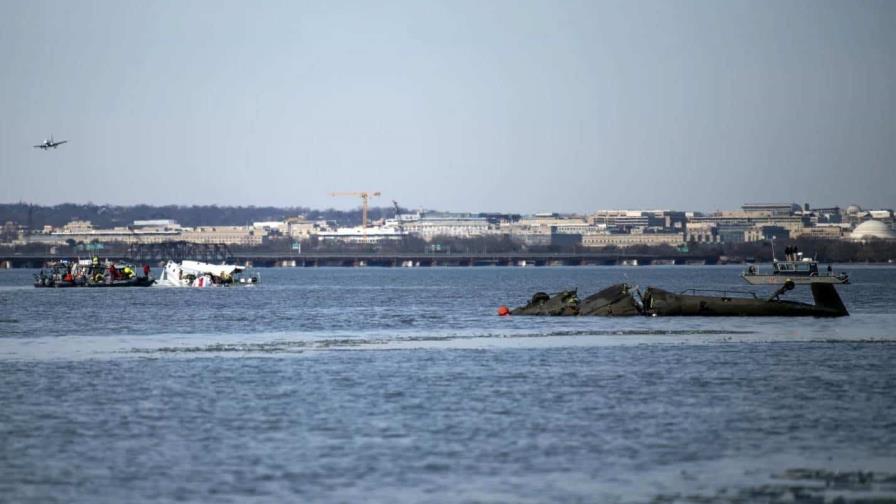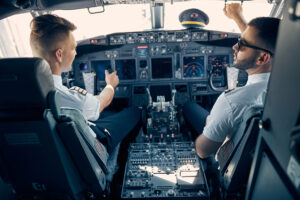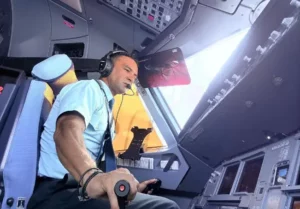The year 2025 has begun with commercial aviation safety in the public spotlight, as a series of air accidents from late December to early February has captured global public opinion. It started with Azerbaijan Airlines 8243 on December 26, 2024, an Embraer 190R shot down in Kazakhstan, resulting in 38 deaths. Then came JeJu Air 2216 on December 29, a Boeing 737-800 that crashed in South Korea, killing 179 people. More recently, PSA 5342 on January 29, 2025, a CRJ 700, collided with a U.S. Army UH-60 Black Hawk helicopter in Washington, D.C., causing the deaths of 67 people. This was followed by Med Jets 056 on January 31, an air ambulance Learjet 55 that crashed in Philadelphia, Pennsylvania, killing seven people—six onboard and one on the ground.
In just 36 days, the world has witnessed four catastrophic accidents, all of which were captured on video and widely circulated in the press and on social media. Never before have so many live images of air accidents been available. Does this mean that international aviation is becoming less safe as a means of transport? From a technical standpoint, the answer is brief: it depends.
The international civil aviation system measures operational safety levels using different metrics; accidents/incidents are measured per 100,000 departures or per million departures. This analysis method establishes a percentage based on that division, which is used to assess whether global, regional, national, or airline-specific operational safety is improving or declining. This is where science provides the “it depends” answer. Some argue that the recent number of air incidents in the U.S. proves that its aviation system is not as safe as previously believed. However, this perspective ignores the fact that the number of commercial flights in the country has grown exponentially. While more incidents may be observed, the key is to evaluate the system based on the percentage of departures.
A report published in early 2024, which evaluated international civil aviation safety for 2023, stated that the global accident rate was 0.8 per million departures (IATA, the International Air Transport Association, uses the million departures metric). This equates to one accident per 1.26 million departures, an improvement from the previous year’s figure of 1.23 per million departures. That, in turn, was an improvement over the five-year average of 1.19. However, this does not mean that such improvements apply to all regions or countries.
This brings us to the Dominican Republic, a country with a domestic aviation industry that has been dormant for decades. The country’s impressive tourism industry growth has relied almost entirely on foreign airlines. Since the disappearance of Dominicana de Aviación in the 1990s, the national aviation sector has lagged behind, missing out on the economic opportunities brought by tourism. Only recently has there been a revival in domestic aviation, with the creation of Dominican airlines such as Arajet and SKYhigh Dominicana. However, this rapid industry growth poses a significant challenge for authorities. The certification and continuous inspection of these companies place a heavy burden on the limited specialized human resources available within the Dominican government.
This issue became evident in December 2021 and again in July 2022, following accidents involving Helidosa (whose report remains incomplete) and Red Air. The rapid expansion of Arajet and SKYhigh operations further drew the attention of U.S. authorities, leading to a special operational safety audit of the country. At that time, we informed the government and media that the country lacked a robust aviation safety system, largely due to the long-standing neglect of the national aviation sector. Ultimately, thanks to the political intervention of President Abinader and behind-the-scenes diplomatic efforts, the country managed to pass the audit. However, structurally, weaknesses remain. The government is gradually making necessary changes to improve standards, while airlines continue expanding rapidly, adding new routes.
The Dominican Republic faces a major challenge: it must support the continued growth of its airlines while significantly increasing investments in technological upgrades and the professionalization of its aviation regulatory teams and government personnel.





